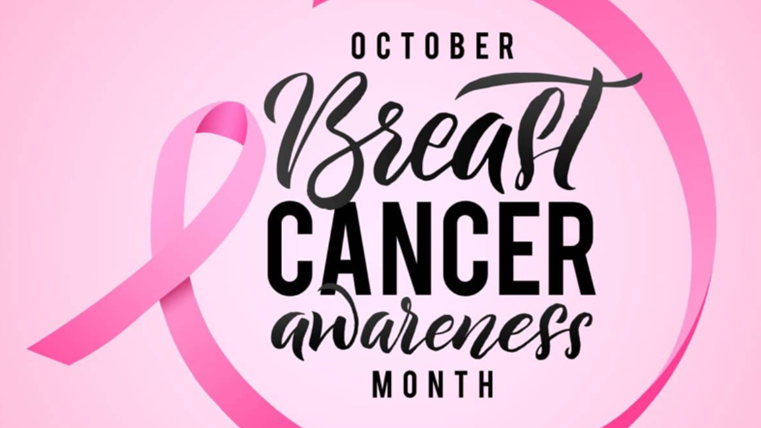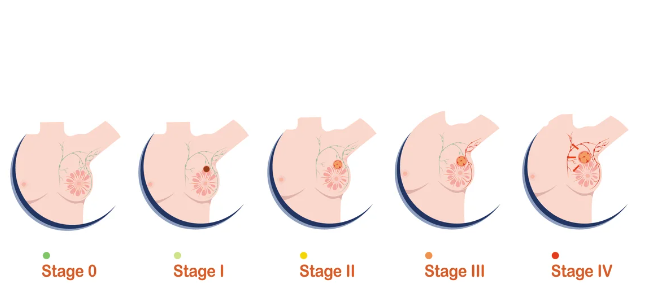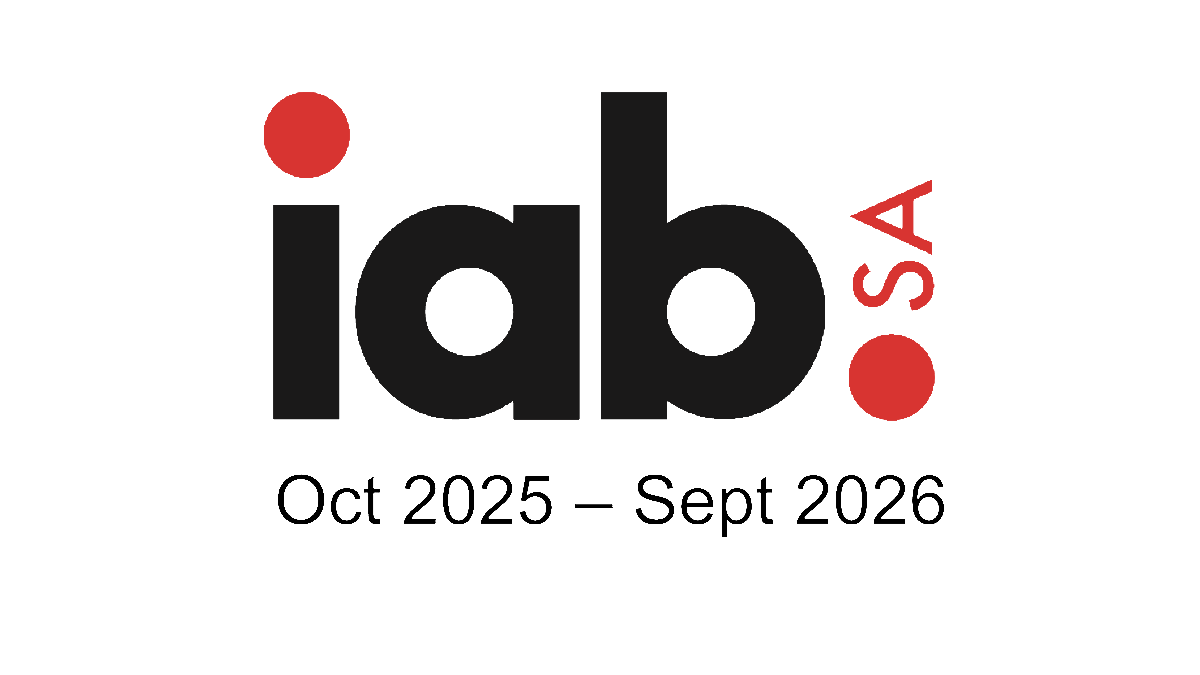Health
Breast cancer on the rise among younger women─── ZENANDE MPAME 13:03 Wed, 02 Oct 2024

“Awareness and education about breast cancer among young women can lead to earlier diagnoses and less invasive treatment options.”
October is Breast Cancer Awareness Month and the most prevalent cancer among South African women, is increasingly being detected in women under 40.
Although every woman is potentially at risk of getting breast cancer, certain factors increase the likelihood such as age, family history, personal history, dense breast tissue, overweight or obese women, lifestyle, and hormonal factors.
Breast cancer late-stage diagnosis continues to be one of the largest obstacles in South Africa, significantly reducing treatment options and survival rates.
“The truth is that we don’t really know what is driving this trend of cancer being detected in younger women, there are theories out there but in general we really don’t know what the cause is,” said the chairperson of the Breast Imaging Society of South Africa, Peter Schoub.
“The growing number of younger women being diagnosed with breast cancer highlights the need to expand awareness campaigns and improve screening programmes, especially for those at higher risk.”
Late diagnoses are often attributed to a combination of factors, including a lack of awareness, socioeconomic disparities, and limited access to healthcare facilities, he said.

Stages of breast cancer. Photo: healthywomen.org
Signs to look out for in your breasts:
- swelling of all or part of the breast,
- skin irritation, dimpling or ridges on the skin,
- nipple pain or the nipple turning inward,
- redness, scaliness, or thickening of the nipple or breast skin,
- a nipple discharges other than breast milk, or
- a lump or knot near the underarm area.
Approximately 19.4 million women aged 15 years and older live at risk of being diagnosed with breast cancer, all women are at risk especially those with a family history of breast cancer, according to the Cansa.
“Things to avoid in terms of increasing breast cancer risk would be fast foods, food high in saturated fats, fried food, processed meats, and food with excessive added sugar,” said Breast Imaging Society of South Africa former chair Jackie Smilg.
“Things like obesity, smoking, and excess alcohol intake are certainly risk factors for many cancers, including breast cancer.”
Three ways to self-examine:
1. In the mirror
- In front of a mirror, check for any changes in the normal look and feel of your breasts, such as dimpling, size difference, or nipple discharge.
- Inspect four ways: arms at sides; arms overhead; firmly pressing hands on hips and bending forward.
2. Lying down
- Lie on your back with a pillow under your right shoulder and your right hand under your head.
- With the four fingers of your left hand make small circular motions, follow an up-and-down pattern over the entire breast area, under the arms, and up to the shoulder bone, pressing firmly.
3. While bathing
- With your right arm raised, check your right breast with a soapy left hand and fingers flat using the lying down method. Repeat on the other side.














